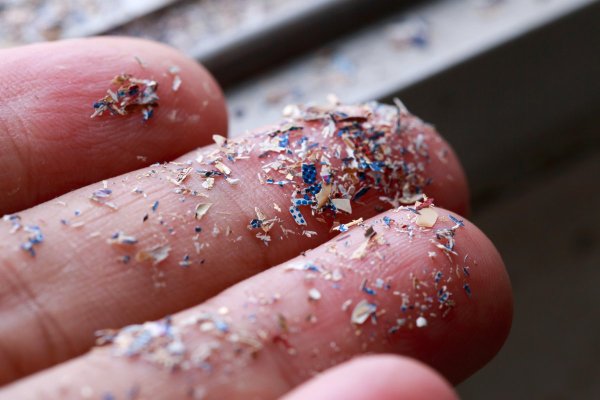Marine Biology

Bioluminescence
Bioluminescence is the emission of light by living organisms through chemical reactions within their bodies, serving various functions such as predation, defense, and communication.

Deep Sea Vents
Deep sea vents, also known as hydrothermal vents, are fissures on the ocean floor that emit heated, mineral-rich water, supporting unique ecosystems independent of sunlight.

Microplastics
Microplastics are small plastic particles less than 5 millimeters in size, originating from various sources and found in diverse environments, including oceans, freshwater systems, and the atmosphere. Their pervasive presence raises concerns about potential impacts on ecosystems and human health.

Ocean
The ocean, also known as the global ocean, is the body of salt water that covers approximately 71 percent of the Earth's surface. This interconnected system is fundamental to life on Earth, regulating climate, shaping weather patterns, and supporting a vast array of biodiversity. It is traditionally divided into five major basins: the Pacific, Atlantic, Indian, Southern, and Arctic oceans.

Oyster
Oysters are marine bivalve mollusks belonging to various families, known for their irregularly shaped, calcified shells. They inhabit marine and brackish environments worldwide, forming reefs that provide habitat for numerous marine species. Some oysters are cultivated for consumption, while others are harvested for pearls or their shells.